Graceful home-grown ficuses are relatives of mulberry ground cover plants. These dwarf flowers have small leaves and long shoots that hang spectacularly from the flower pot. Ficus ampelous, grown in a room, cleans the air well, enriching it with oxygen. To create favorable conditions for a delicate flower that needs care and attention, certain rules must be followed.
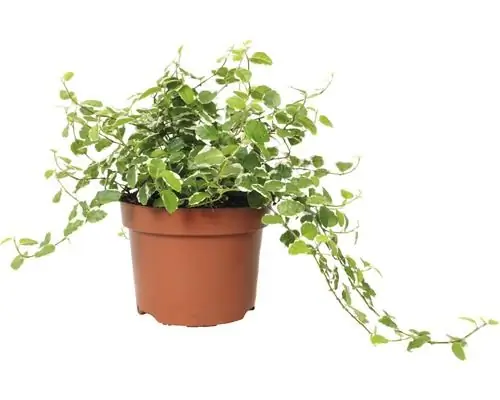
Flower Description
A dwarf plant called Pumila ficus has interesting and unusual forms. The exotic flower was called dwarf due to the size of the leaves, reaching a length of no more than 4 cm and a width of about 2 cm. In addition, the plant does not have a stem and does not grow vertically. It crawls along the ground, clinging to the surface of the soil with external roots located on the stems. It can also braid tree trunks. Ficus belongs to long-lived plants and is common in warm countries with high humidity: China, Japan, Vietnam, Taiwan. In different varieties, the color of the leaves can be light green and have a white edge along the edge, and the leaves can also be strewn with white spots on the entire surface. And, for example, the ampelous ficus Anuk, which is considered one of the rarest varieties, has leaves of a juicy green hue.
Indoors, dwarf ficus can grow in a pot, gracefully descending stems outside. It can be placed crawling along the wall, having prepared special supports for the stems in advance. It is also placed next to the pegs, thereby forming a low shrub.
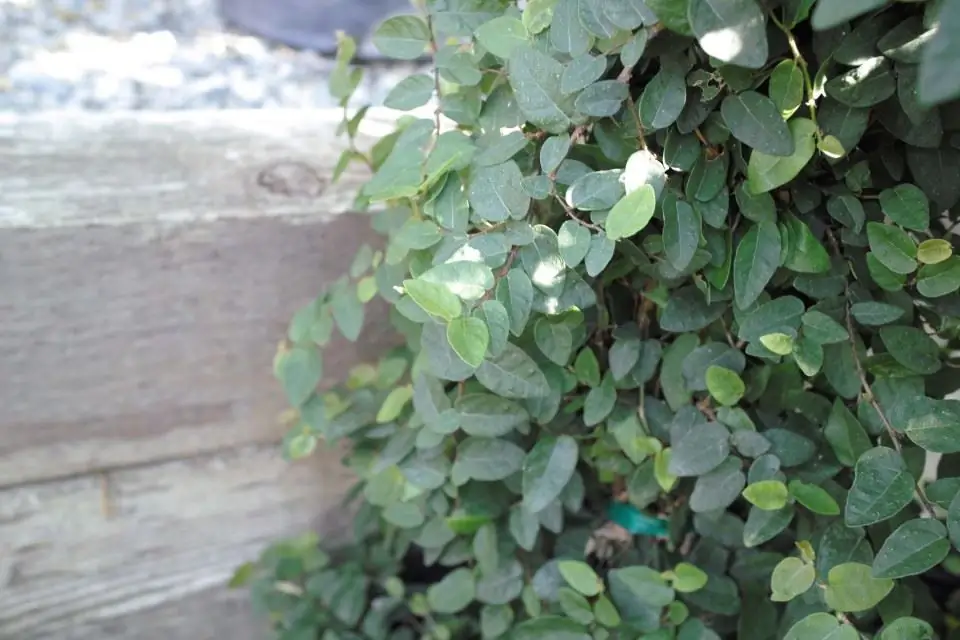
Place for a plant
Such a flower as a dwarf ficus loves to live under a weak shadow with diffused light. Direct sunlight is best replaced with artificial indoor lighting. With a lack of light, the plant acquires a green leaf color, while the spectacular pattern is lost and its brightness decreases. The flower feels comfortable on the windowsills on the east or west side of the room. If sunlight enters the room most of the time, you will need to create a shadow or place the pot away from the window. The main thing is not to leave the ampelous ficus completely without light, otherwise it will lose its decorative appearance and will sprout with no leaves. In addition, the plant does not like movement, so the place must be selected in advance. If the ficus is placed on the windowsill, then it is recommended to rotate it periodically. This iscontribute to the uniform growth of the plant.
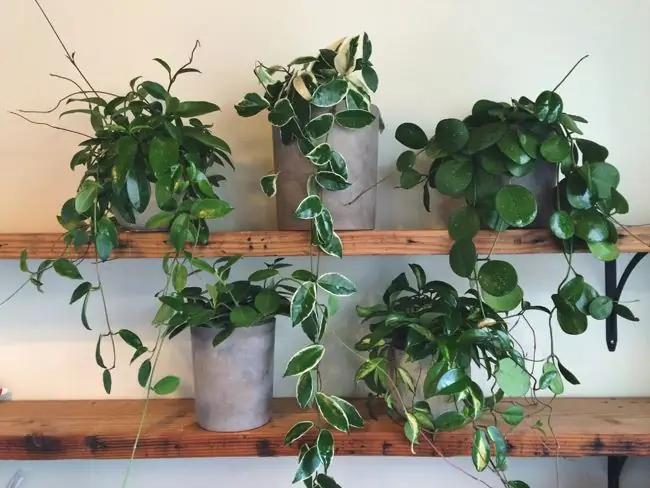
Green pet feels comfortable and grows profusely at room temperature +18…+25 °C. In winter, the temperature should be lowered to +14 ° C, the amount of watering and fertilizing should be reduced. At the same time, the illumination must be maintained unchanged.
Ficus ampelous: home care
This exotic flower requires careful and regular care. These plants consume a lot of water, so they need to be watered after a dry crust forms on the soil surface. The weak roots of the dwarf ficus are located in the upper part of the soil and are not able to absorb moisture near the bottom. In this regard, it is necessary to evenly and timely moisten the soil surface. But do not allow the liquid to stagnate in the pot, this will lead to rotting of the roots and death of the plant. It is also recommended to carefully loosen the ground to allow air access to the root system.
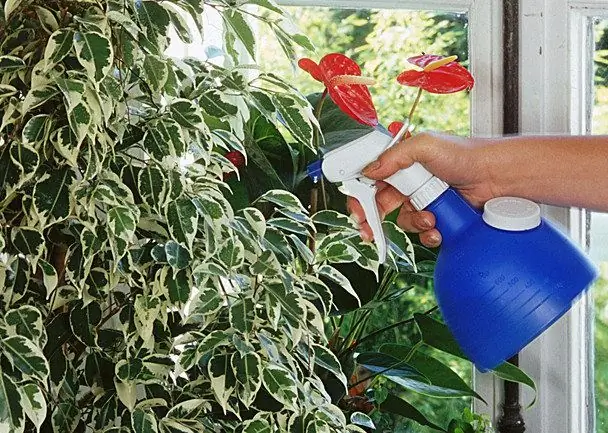
In winter, the number of waterings is reduced, waiting for the complete drying of the earth. The liquid for the plant should be warm and settled or purified from chlorine.
Caring for leaves
What else does ficus ampelous need? Home care for this handsome man means not only watering the soil, but also spraying the leaves. They lose moisture very quickly, so they need to be moistened periodically with a spray bottle. Weekly spraying nourishes the leaves and helps the plant to carry out photosynthesis. Toin addition, thanks to this procedure, the outer roots of the ficus grow well, clinging to vertical supports.
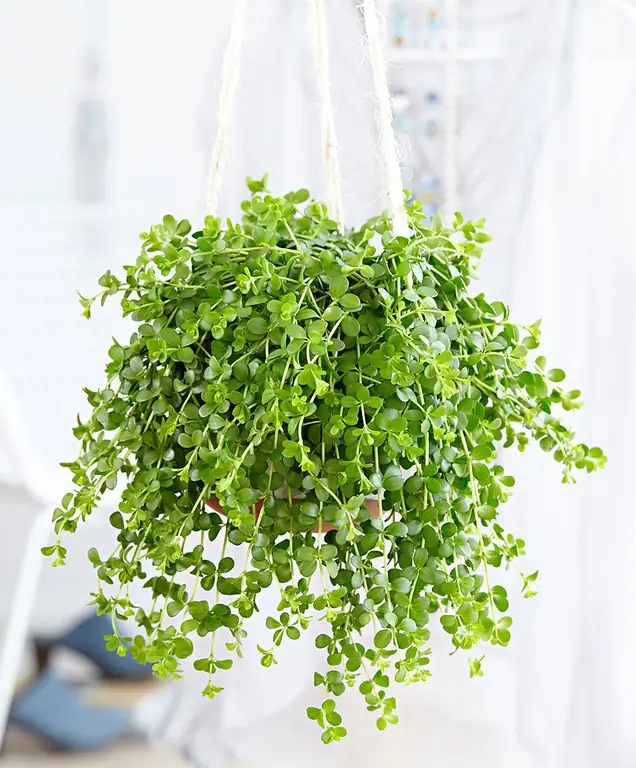
What soil do you need
The soil for dwarf ficus should be fertile, slightly alkaline or sour, the pH level of which does not exceed 7.5. Every year in the spring, young flowers are recommended to be transplanted before the start of vegetative activity. For adult plants, it is enough to change the upper part of the soil, trying not to damage the ficus roots. The protruding roots of the plant and the rapid drying of the soil indicate the onset of the transplant period.
Soil for ampelous ficus must be thermally treated and contain sand, ash, rotted compost with peat or leaf soil. You can buy universal soil for indoor plants in speci alty stores. Experts recommend adding complex top dressing for ornamental plants to the soil twice a month. In winter, fertilizer application can be reduced to once a month.
How to choose a flower pot
When choosing a pot, you need to pay attention to the presence of special holes for dropping excess liquid. The material from which the container is made can be anything: glass, plastic, clay. The main thing is not to get a deep and large pot for decorative ficuses, in which the stems will slowly grow. For dwarf ficuses, you can use a flowerpot. Before transplanting the plant, a well-ventilated drainage layer is placed on the bottom of the tank, and then a special soil is poured.
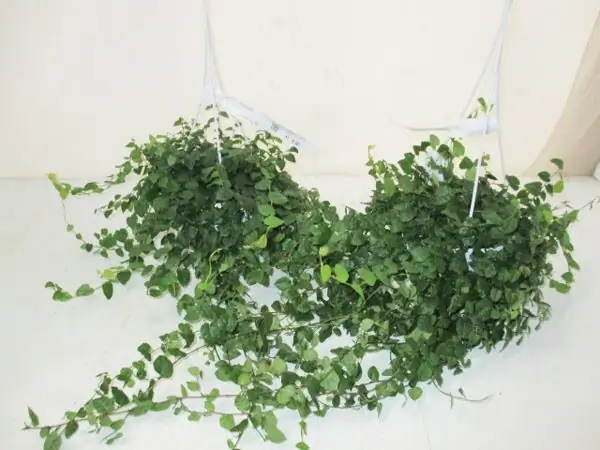
To carefully and accurately remove the ficus from the container, it must be watered in advance. A he althy flower can be transplanted into a new pot without releasing the roots from the ground if the soil was not infected. If this happens, then, of course, it is worth removing all the lumps. An overgrown plant can be divided into several bushes, damaging the roots as little as possible. Then fertilizer is added to the ground and the flower pot is placed in the light. If the soil is damp, then additional watering after transplanting is not required.
What can threaten a flower
Ampelous ficus, like other plants, is susceptible to various fungal diseases and attack by insects such as spider mites, nematodes, garden thrips, aphids or scale insects. Their activity can be guessed by the presence of brown or gray spots, as well as individual growths resembling cotton wool. Pests are removed during wet care with a soap-ash agent or using special solutions.
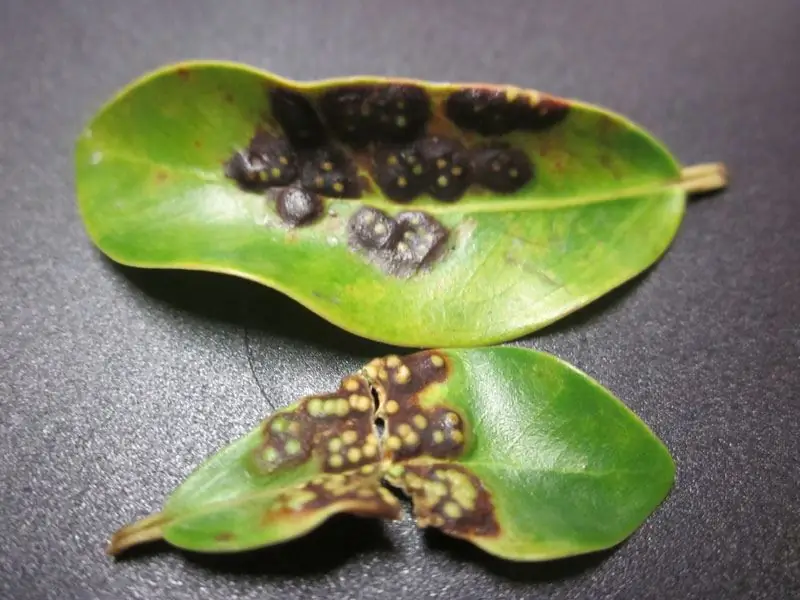
The leaves of the plant may dry out or curl up due to low levels of humidity in the air and insufficient fluid to drink. If acidification and compaction of the soil is allowed, all the leaves of the plant will turn yellow and crumble.
If the leaves lose their shape during growth, become smaller and turn pale, then the earth is devastated and all useful trace elements have been exhausted. The plant must be transplanted into a new fertile soil. Also, ampelous ficus (the photo is presented in the article) is afraid of drafts, a sharp change in the environmenttemperature and poor lighting. High levels of soil moisture can also lead to leaf loss. If the plants, after suffering a disease, begin to produce leaves that are not variegated, but pure green, then it is better to cut them off.
Reproduction of ampelous ficus
The process of rooting in dwarf plants is faster than in treelike ficuses. The plant can be propagated by top cuttings or layering. They easily take root in both soil and water. The best time for the procedure is the spring period. It is better to keep a container with cuttings in the shade, as they do not take root well in the sun. It is better to choose a container from a dark material, this will prevent the appearance of algae. The temperature in the room should be at least 25 ° C, and the humidity level should be about 80%.
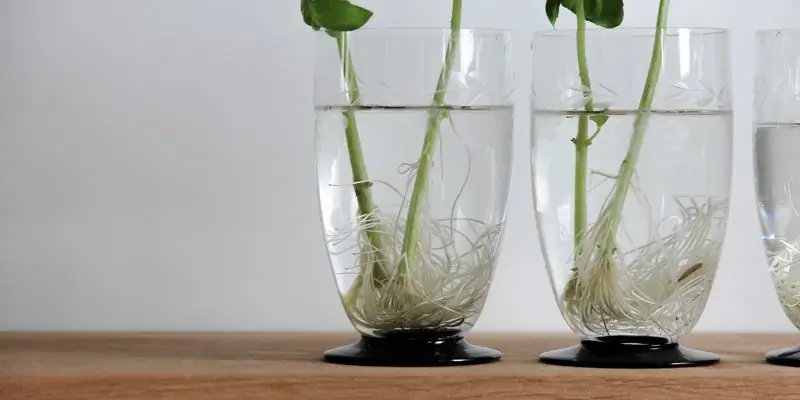
In the process of propagation by layering, the shoot must be attached to the ground with wire or metal brackets in a nearby container. Thus, the plant is kept until the roots appear. After rooting the shoot, it is separated from the main flower and cared for in the same way as for other plants.






